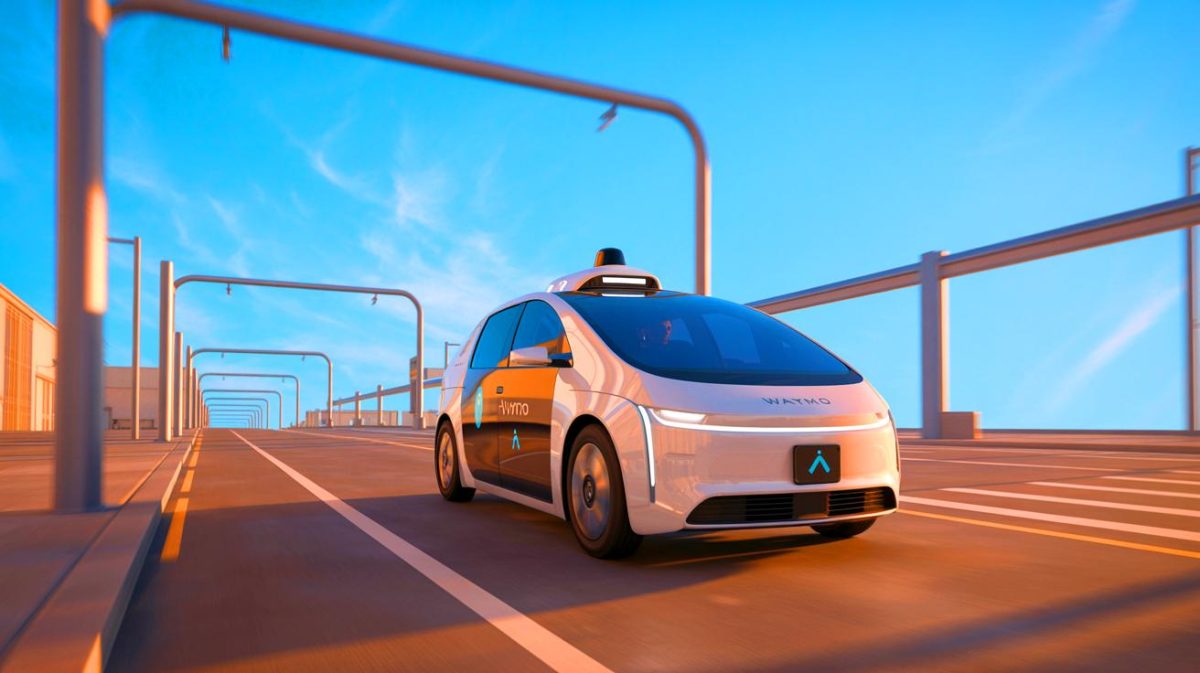| IN A NUTSHELL |
|
The recent recall of 1,212 Waymo robotaxis underscores the complexities and challenges faced by the autonomous vehicle industry. While the prospect of self-driving cars promises a future of seamless, efficient transportation, the road to achieving such a vision is riddled with technological hurdles. A significant software glitch led to these vehicles colliding with stationary objects, prompting a broad recall and casting a shadow over the industry’s progress. This incident highlights the critical importance of rigorous testing and oversight in the deployment of autonomous vehicles, especially as they operate in complex urban environments.
U.S. Regulators Probe Gate and Chain Crashes
The National Highway Traffic Safety Administration (NHTSA) began a preliminary investigation into Waymo’s autonomous vehicle crashes in May 2024, following a series of incidents reported by Reuters. The probe centered on seven specific collisions with stationary and semi-stationary objects, such as gates and chains, occurring between December 2022 and April 2024. The NHTSA emphasized that these crashes involved objects that a competent driver would be expected to avoid, raising concerns about the efficacy of Waymo’s autonomous driving system.
Waymo acknowledged 16 such incidents over the two-year period but stressed that none resulted in injuries. This transparency in reporting and cooperation with regulatory bodies demonstrates Waymo’s commitment to safety and improvement. The ongoing investigation by NHTSA aims to ensure that such incidents are thoroughly understood and addressed, ensuring public trust in autonomous technology.
Software Fix Deployed Across Fleet in Late 2024
In response to the identified software flaw, Waymo initiated a comprehensive software update in November 2024, which was fully deployed across its fleet by the end of December. According to Waymo, this update effectively addressed the issue, significantly reducing the likelihood of similar incidents. The company highlighted its track record of providing over 250,000 paid trips weekly in some of the most challenging driving environments in the U.S., showcasing the robustness of its autonomous driving technology.
Waymo’s Safety Board decided on the recall to meet regulatory obligations, reflecting the company’s proactive approach to safety and compliance. The statement from Waymo emphasized their commitment to making roads safer, as evidenced by their extensive record of reducing injuries over tens of millions of miles driven autonomously.
Repeat Recalls Raise Concerns Around Robotaxi Performance
This recent recall is not an isolated incident for Waymo. In February 2024, the company pulled 444 robotaxis from service following crashes involving a towed pickup truck. The error was attributed to a faulty prediction algorithm. Similarly, in June of the same year, a collision with a wooden telephone pole in Phoenix led to the recall of 670 vehicles. Although these incidents resulted in no injuries, they highlight the ongoing challenges in perfecting autonomous driving technology.
Waymo’s transparency with regulators, including providing data on additional barrier collisions, reflects its commitment to resolving these issues. The software fix deployed at the end of 2024 was designed to address these recurring problems, aiming to enhance the reliability and safety of their autonomous fleet.
Waymo Expands Despite Ongoing Software Setbacks
Despite the setbacks, Waymo continues to expand its operations across major U.S. cities, including San Francisco, Los Angeles, Phoenix, and Austin, with plans to enter new markets like Atlanta, Miami, and Washington, D.C. This expansion indicates Waymo’s confidence in its technology and its vision for the future of autonomous transportation.
Interestingly, Alphabet’s shares saw a rise of 4%, signaling investor confidence in Waymo’s long-term prospects despite the scrutiny faced by the autonomous vehicle industry. Competitors such as GM’s Cruise have also dealt with regulatory challenges, underscoring the complex landscape of self-driving technology. As Waymo navigates these challenges, the company remains at the forefront of the autonomous vehicle revolution, continually pushing the boundaries of what is possible.
The journey toward a fully autonomous future is fraught with challenges, as evidenced by Waymo’s recent recall of over a thousand robotaxis. However, these incidents also highlight the industry’s commitment to safety and continuous improvement. As Waymo and its competitors strive to perfect their technologies, the question remains: how will these advancements reshape our transportation systems and influence the future of urban mobility?
Did you like it? 4.6/5 (21)








This is a major setback for Waymo. Do you think they’ll recover from it?
Yikes! Crashing into poles and gates doesn’t sound very “autonomous” to me. 😅
Je me demande si ces incidents vont affecter la confiance du public dans les voitures autonomes.
At least no one was hurt. Safety first, right?
Waymo better step up their game if they want to lead in autonomous tech!
1,200 recalls is a lot! Hope they find a solution soon. 🤞